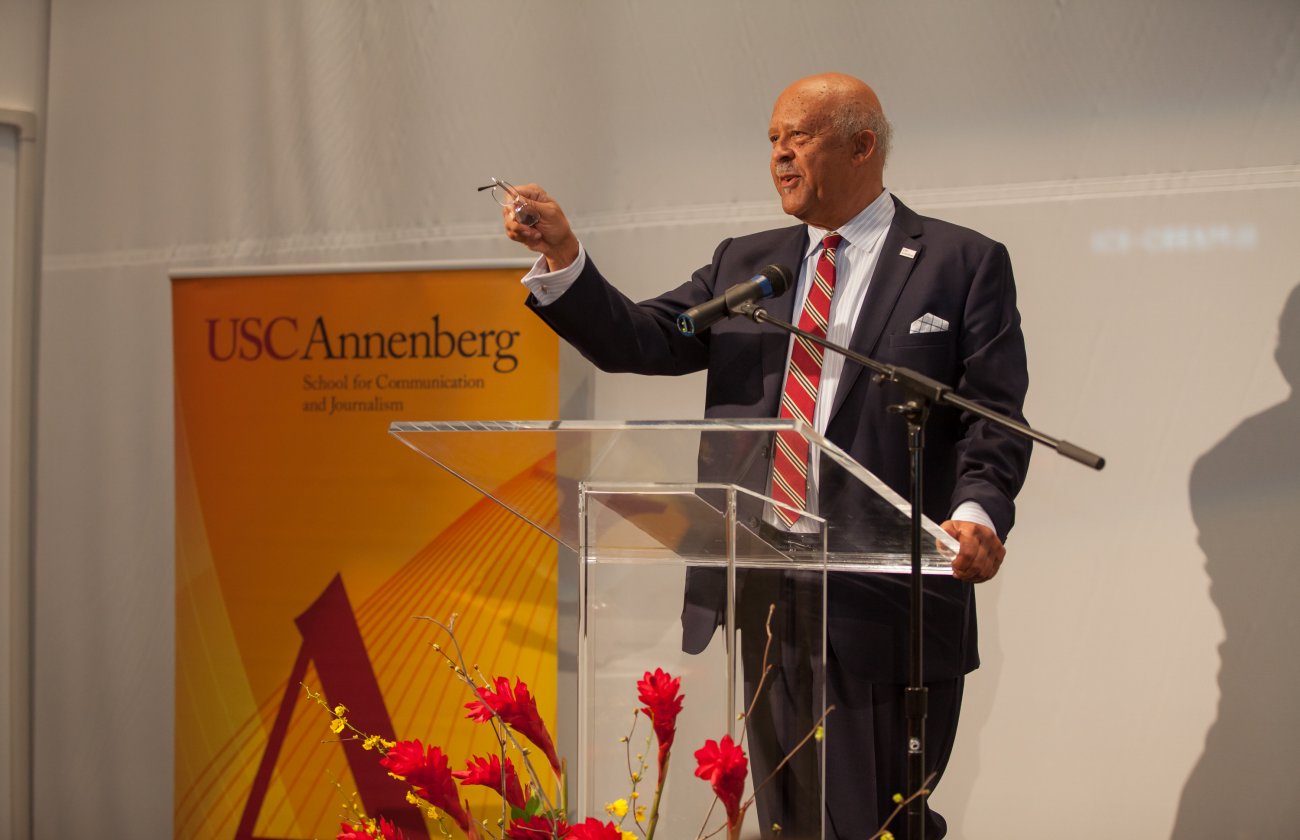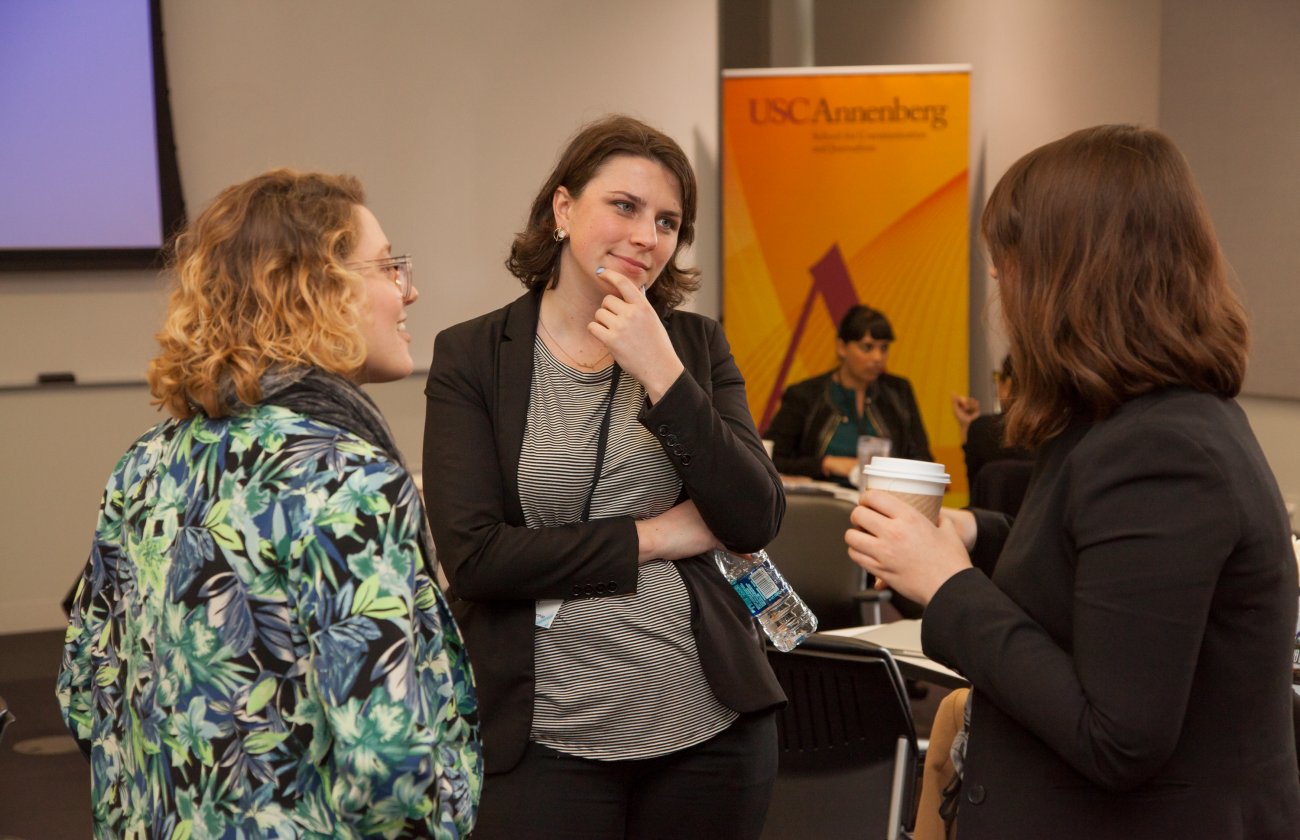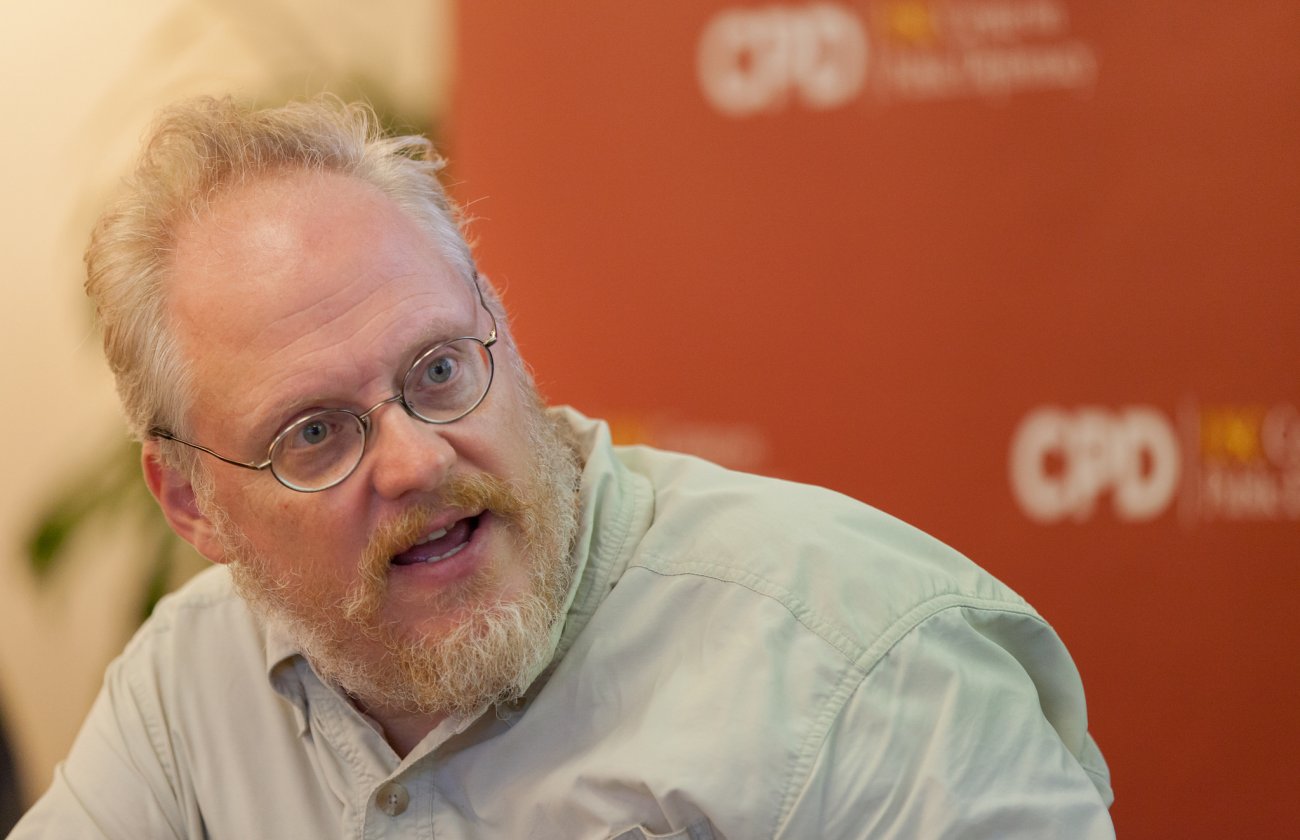USC Annenberg and KQED's state-wide radio newsmagazine, The California Report, are today airing the first in a series titled “Graduation Day” that details the difficult decisions awaiting eight high school seniors as independence quickly approaches.
Students in Professor Sandy Tolan’s journalism class spent the last semester profiling the struggles and aspirations of a diverse group of graduating high school students that will run on state-wide public radio. The in-depth radio and multimedia stories will air on The California Report, produced out of KQED in San Francisco. One profile will run each week for the next two months. Local radio times vary throughout the state.
"'Graduation Day' is really a rare glimpse into the day-to-day lives and challenges of high school students in California who are making some really tough choices about their lives,” said The California Report Associate Senior Producer Victoria Mauleón, who flew from San Francisco to help Tolan teach the students and edit their work. "Ultimately, the profiles show we have a lot to learn and plenty to be both inspired and worried about."
Profiles range from a 19-year-old gang member struggling to get his diploma to a Mormon basketball player deciding whether to postpone a college scholarship to go on a religious mission. Mauleón said it is the tension that these types of stories create that make them so professional and interesting.
Graduate journalism students Leah Bailly, Molly Gray, Helena Liikanen-Renger, Shako Liu, Jasmin López, Laura Santana, Aaron Schrank and Tricia Tongco all focused an entire semester getting to know and profiling individual high school seniors.
Schrank, who came up with the idea for the “Graduation Day” series on the first day of the semester, profiled a 17-year-old student in foster care who helps take care of her four brothers ages 5 and younger. She has already attended seven high schools.
“Her story sheds light on how complicated family dynamics and a difficult-to-navigate foster care system make planning for the future more difficult,” Schrank said. “Half of all foster kids don't graduate high school. And only a fraction finish college.”
The profiles have already appeared on Annenberg Radio News, but The California Report offers USC Annenberg students the chance to refine the stories even further and reach a state-wide audience. Neon Tommy, housed at USC Annenberg and directed by Journalism Professor Marc Cooper, will curate additional multimedia content.
“The results are really impressive and a tribute to how hard these fine young reporters worked,” Tolan said. “I’m really proud of this group. Collectively, the diversity and cumulative impact of these portraits will provide contemporary snapshots of people on the cusp of adulthood.”
The journalism students agreed that Tolan and Mauleón challenged them to make their stories better than they thought possible. Liu said the demanding nature of the course opened up a new world for her as a journalist.
“Sometimes during the process it was frustrating that I couldn't get the sound they wanted,” Liu said. “But when I finally got those sounds and edited them into my track, I understood why they were so demanding. Those were important elements in setting the scene that helped tell a better story.”
Tolan said he was impressed with all the profiles, but added that Liu had a particularly challenging subject because she has only been in the United States for two years and decided to do her package on a gang member trying to find his way into adulthood.
“Shako’s doggedness and willingness to keep going back for more information is an example of something the entire class did to make their stories into professional NPR quality,” Tolan said. “She was not intimidated by it, which was really inspiring. I love teaching because every year I get inspired by my students, and this class is one of the best examples of that in my career.”
Liu said she hopes her story has an impact by bringing attention to a group of young people who she said are often stereotyped and neglected.
“Many people think they are simply bad people and that's why they join gangs,” Liu said. “But the story focuses on him feeling like he had no choice to join and no choice to leave.”
Part of what made the profiles so professional and moving was the authentic connections the USC Annenberg students had with the high school students. They spent months getting to know each other.
“All of this time spent proved to be worthwhile,” said Schrank, who hopes to be a public radio reporter after he graduates from USC Annenberg. “I'd say that's what I learned – that there's no time wasted when it comes to a project like this. The more time you spend with a subject, the more comfortable they are with your presence. And this allows you to get authentic moments on tape that you otherwise would not.”
Tolan’s students also said they enjoyed the collaborative nature of the class that allowed them to work together, learn from each other, and share and overcome similar challenges.
“One of the most important things I learned in this class and in my J-school education overall is how to work with people on multiple levels - whether it's collaborating with another reporter on a story or being receptive to constructive criticism,” Tongco said.
Schrank said the collaborative component of the class was instrumental because he and his peers had input from a room full of thoughtful people throughout the semester.
“The result of this collaborative approach is that not only are the individual stories memorable, but they have a cumulative impact, as they were all produced with similar themes and goals in mind,” Schrank said.
School of Journalism Director Geneva Overholser sat in on Tolan’s final class of the semester and listened to the students’ final radio pieces.
“It makes me so proud to hear your professional and deeply moving work,” Overholser said at the end of class. “It is rich and powerful and makes me have so much hope for the future of our profession.”
The California Report
KQED
School of Journalism
Neon Tommy
Annenberg Radio News









